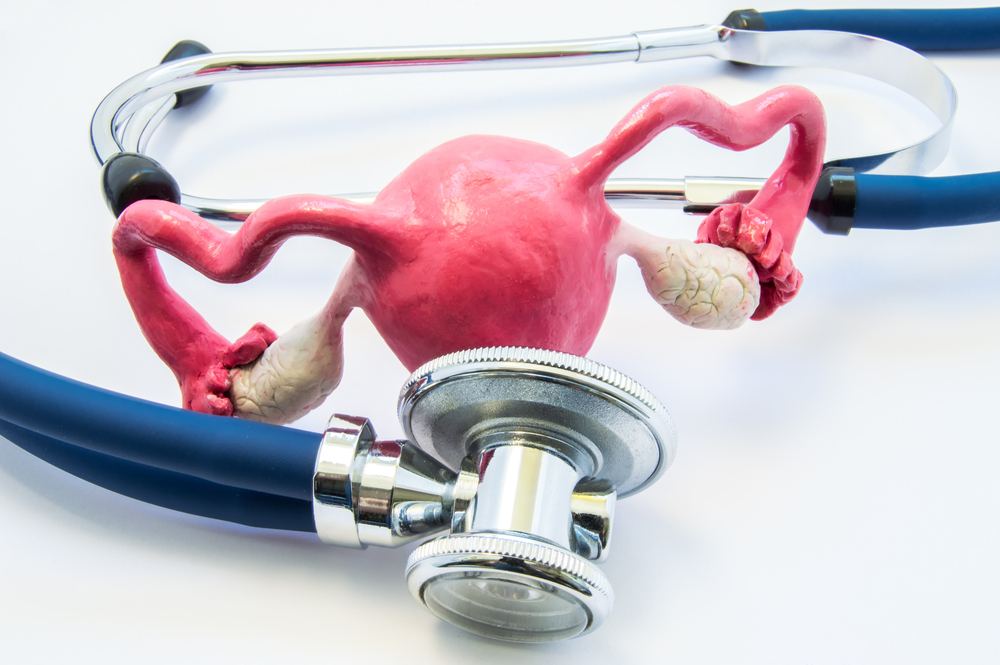What is the Difference Between Uterine Polyps and Fibroids?

Uterine polyps and fibroids are common, with nearly 80% of women experiencing at least one of the conditions in her lifetime. Because polyps and fibroids are similar in that they are both growths that form in or on the uterine wall, knowing the difference between them and the symptoms to look for can help women seek the appropriate treatment and prevent potential future complications. Dr. Leigh Rosen, a gynecological surgeon who specializes in minimally invasive surgery, offers her insights on these two conditions.
Uterine Polyps:
Uterine polyps are round or oval growths of tissue that form in the lining of the uterus. Polyps can range in size from a few millimeters to several centimeters (the size of a pea or larger). Women with polyps may experience abnormal bleeding or infertility, but might also be asymptomatic. There are several risk factors for developing uterine polyps, including the use of certain medications, such as Tamoxifen – a drug therapy for breast cancer – and medical conditions such as high blood pressure and obesity.
Fortunately, the vast majority of polyps are benign. If a polyp is suspected, a physician may recommend imaging using a pelvic ultrasound. Sometimes a physician might also suggest a sonohysterography or hysterosalpingogram to better evaluate the uterine cavity and identify the location of a polyp. For women who experience vaginal bleeding and/or infertility, and women who are asymptomatic but whose polyps have a high index of suspicion for malignancy, surgical removal of a polyp is usually recommended. Using a hysteroscope – a slender camera that enables visualization of the uterine cavity – a surgeon can delicately remove the polyps under direct visualization. This outpatient procedure often takes less than 15 minutes and most patients return to work the next morning.
Fibroids:
Fibroids are benign growths found outside or within the uterine wall or within the cavity of the uterus. Fibroids are fairly common and, in fact, some studies show that by the age of 50, nearly 80% of women have at least one fibroid. Unlike polyps, fibroids typically present in young women with symptoms of abnormal heavy bleeding, pelvic pain or pressure, constipation, frequent urination, or infertility/pregnancy complications. Risk factors for uterine fibroids include race, number of pregnancies, young age with first period, and family history.
In patients who experience symptoms, physical examination can suggest the presence of fibroids and imaging using a transvaginal ultrasound or pelvic MRI can confirm the diagnosis. Once fibroids have been identified, a woman and her physician can determine a treatment plan that will best address her needs, keeping in mind that the management of fibroids involves symptomatic relief and reproductive planning. Treatment options include various medications, interventional radiology procedures, such as uterine artery embolization, and surgery. For women interested in some day becoming pregnant, surgical removal of fibroids (the procedure is called, “myomectomy”) is the most commonly recommended treatment. The surgical approach (whether the procedure will be done through a bikini incision, using a laparoscope, or using a surgical robot) will depend on various factors including the size of a woman’s uterus as well as the number and location of the fibroids.
If a woman suspects she has either of the conditions described above, it is best to talk with a physician and seek the guidance of a specialist. Women should be vocal about their reproductive goals so that together with a physician they can determine the best treatment plan for them.
